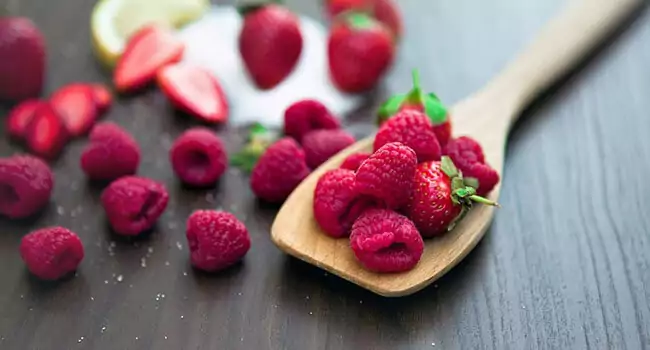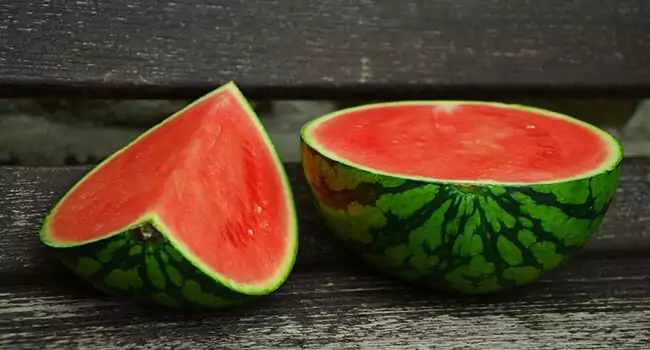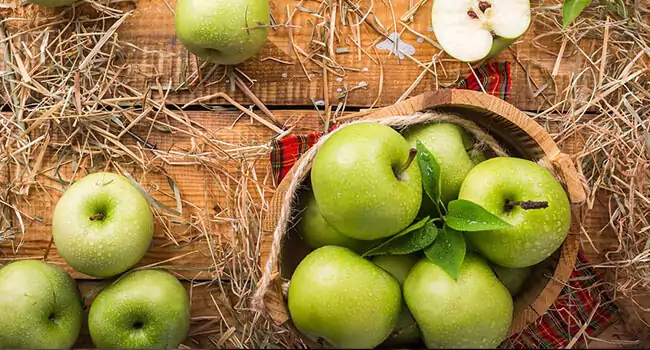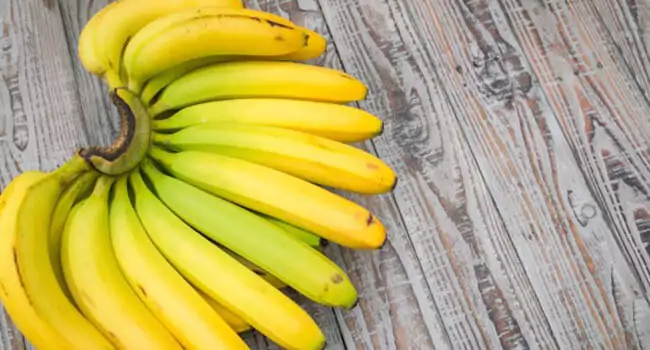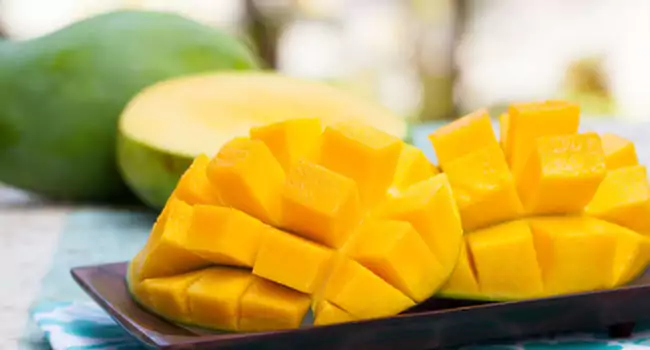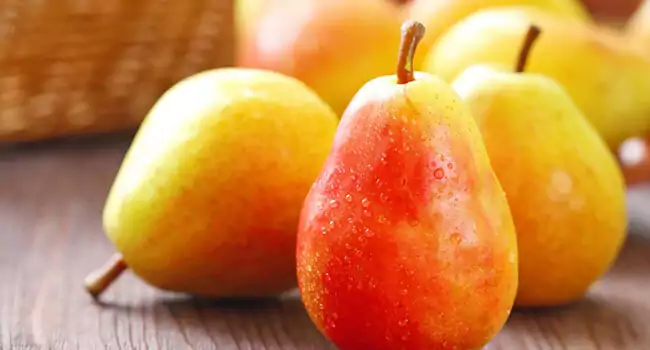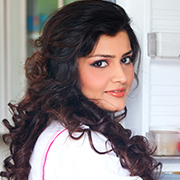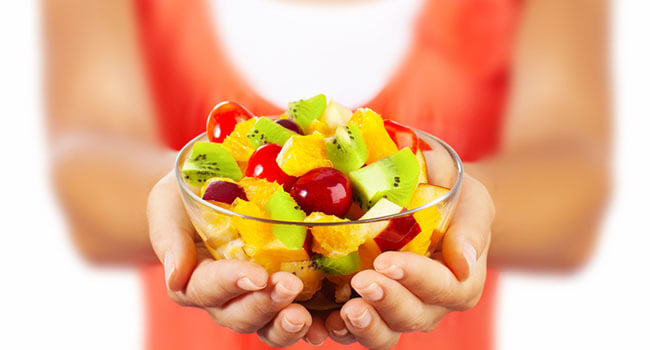
Diet
Here’s How Diabetics Can Eat Fruits
May 26, 2017It’s true that most fruits are high in natural sugar, and are often touted as ‘Nature’s Candy’. But does that mean you as a diabetic should give up on all fruits?
Not at all! Fruits are loaded with vitamins, minerals, and fiber and should be made a part of a diabetes-friendly diet. The key is to treat fruit as a sweet “treat” and eat it only in moderation. As long as you keep your total carbohydrate intake low, there’s no reason why fruits can’t be a part of a healthy LCHF diet.
However, there are some fruits that are better than others for your diabetic diet. While all fruits are rich in vitamins and minerals, some have a high GI value and should be consumed only occasionally, while being doubly strict about the portion size.
With fruits, it’s crucial to keep an eye on portion sizes and to completely stay away from fruits canned in syrups or with added sugar. Satisfy your sweet tooth and keep your blood sugar in check with our tips on how diabetics can eat fruit!
Berries
Rich in antioxidants, fresh berries are a diabetic-friendly fruit. High in vitamin C, folic acid, fiber, and phytochemicals, berries help reduce the risk of heart disease, high blood pressure plus Type 2 Diabetes. You can add blueberries, strawberries, cranberries, blackberries or raspberries to your yogurt parfait or oatmeal.
What to Avoid: Packaged dried berries. They have water removed from them, making the sugar concentrated. 1/2 cup of fresh cranberries has 2g of sugar, while 1/2 cup of dried cranberries contains 37g of sugar.
Try out our recipe for Blueberry and Cinnamon Oatmeal.
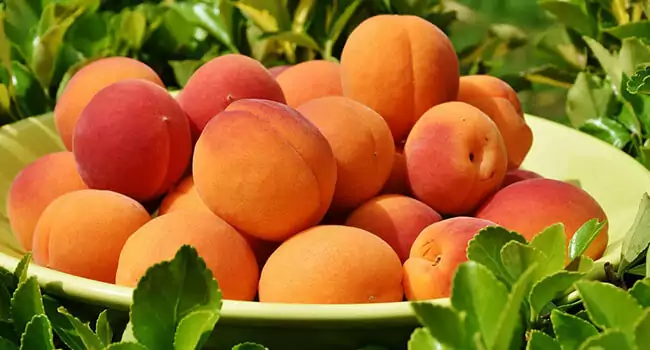
Best Fruits for Diabetics – Peaches
Peaches
A juicy peach is the perfect summer treat, and can definitely be included in your diabetes-friendly diet. Peaches are rich in vitamins A and C, potassium, and fiber. Delicious on their own, you can also add a few slices to your unsweetened iced tea or a bottle of chilled water with some fragrant mint sprigs.
What to Avoid: Large peaches. A small peach contains roughly 7.5g of carbs, but a large one has double the amount of carbohydrates. Eat in moderation, and avoid all tinned varieties preserved in sugar syrup.
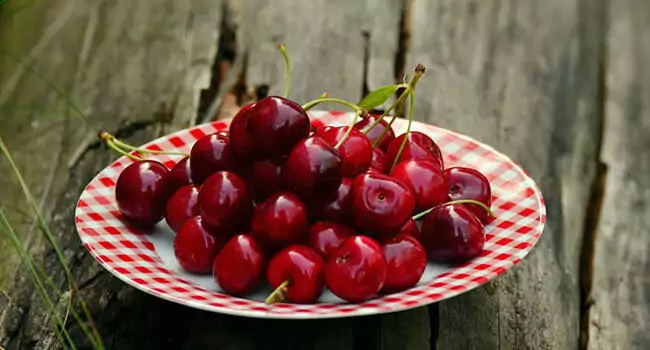
Tart Cherries
Tart cherries are a low-GI diabetes-friendly fruit and a smart addition to your LCHF diet. Each cup contains 78 calories and 19g of carbs, and they may be especially good at fighting inflammation too. Rich in antioxidants, cherries help fight oxidative stress and can reduce the risk of cardiovascular disease. They also a good source of vitamin C, vitamin A, and potassium.
What to Avoid: Tinned or canned cherries that contain added sugar and preservatives.
Try our recipe for Ruby Fruits with Baby Meringues.
Watermelon
Watermelon may have a high GI value, but its glycemic load is low when consumed in moderation. 1 cup of cubed watermelon, which is a healthy portion size for diabetics, contains less than 50 calories and is a good source of vitamin A, vitamin C, and potassium. Watermelon is packed with antioxidant lycopene that may protect against heart disease and cancer.
What to Avoid: Large portion sizes! It’s easy to get carried away on a hot summer afternoon, so restrict yourself to 1 cup.
Try our Watermelon Parfait recipe.
Apples
A small apple is a great snack choice for diabetics, with just 77 calories and 21g carbs. Besides being a good source of vitamin C and antioxidants, apples are loaded with dietary fiber which can help control blood sugars by releasing them more slowly into the blood. Eat your apple with the skin on though.
What to Avoid: Apple juice. It is often too sweet and lacks the dietary fiber contained in the whole fruit. Control portion sizes.
Try our Apple Cinnamon Breakfast Pizza recipe.
Banana
A small unripe banana makes an excellent addition to your breakfast smoothie while also being perfect for a quick snack. Bananas are a low-medium GI fruit, high in potassium as well as vitamin C and a great source of fiber. However, they are high in carbs (a medium unripe banana contains 27g of carbohydrates). Also, preferably choose unripe bananas – these can actually help stabilize blood sugar levels as well as insulin response, while being lower in sugar.
What to Avoid: A ripe, jumbo sized banana.
Try our Banana Ginger Smoothie.
Mango
Mangoes are higher in sugar than many other fruits, but that doesn’t mean they’re forbidden for diabetics. One serving, which equals half a cup of cubed mango, contains 15 grams of carbohydrates. Mangos are a rich source of Vitamins A and C, and they also contain significant amounts of Vitamins E, K and B-complex vitamins. They’re also high in fiber and contain calcium, potassium, and copper.
What to Avoid: Large portion sizes! Stick to 1-2 wedges or ½ cup of cubed mango.
Try our recipe for Apple and Mango Jelly.
Pears
Pears are an excellent source of fiber, so they make a wise addition to your diabetes meal plan. One medium-size pear contains just 100 calories and only 26 grams of carbohydrates. The key to picking a good snack for diabetics is in having both calorie and carb control, and pears offer both. Pears contain calcium, iron, magnesium and potassium, and the vitamins C, E, K, folate, beta-carotene, and lutein.
What to Avoid: Canned pears in heavy syrup, as these have more than twice as many calories.
Try our recipe for Aromatic Pears.
